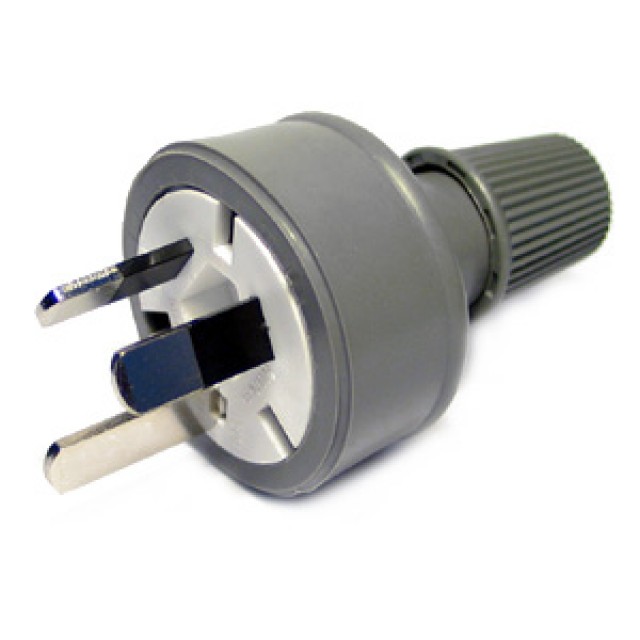
Range outletĮlectric clothes dryers run off of 30-amp circuits, while electric ranges typically have 40-amp or 50-amp circuits. This is why clothes dryers and ovens don’t come with appliance cords your appliance might need a 3-wire or 4-wire cord. So in 1996, the rules changed, and all new 240-volt outlets had to have a 4th prong for a neutral wire.Įxisting installations can stay the way they are, and connecting a new appliance to a 3-wire 240-volt outlet is still acceptable. It wasn’t a lot of current, but still, that’s not what the ground wire is meant for. These would run off 120 volts, so they’d use the ground wire on a 240-volt appliance to complete a 120-volt circuit. The third wire that comes into a three-prong 240-volt outlet is the ground wire, and under normal circumstances, there should never be any voltage carried on this wire.īut then appliance manufacturers started putting 120-volt motors and electronic controls into their appliances. A 240-volt appliance will run off of two hot wires, creating 240 volts. Three prongs or four prongs? Either is fine.Ģ40-volt outlets come in two varieties 3-prong or 4-prong.

But most people call these “outlets”, so I’ll keep saying outlet too. It’s that thing you plug your electric clothes dryer or electric range into. Here at Structure Tech, we check to make sure that the right amperage outlet is used, and we check to make sure that the outlet is energized.įor the record, the proper term for what I’m referring to is a receptacle. We can help answer all your electrical questions.How is a home inspector supposed to inspect a 240-volt outlet? Home inspection standards of practice don’t go into this level of detail, so it’s up to each home inspector to decide for themselves what the proper standard of care should be. Have questions about 220-volt outlets in your home? Call Clover Electric.
#240 volt plug in install
So, if you have an older appliance with a three-prong plug, you may need to rewire it with a four-wire plug and install a new four-prong 240-volt outlet for safety reasons. Older three-prong outlets only had two live wires and one neutral wire, while newer four-prong outlets also have a ground wire for added safety. Newer four-prong outlets have an "L" on top, two vertical side holes, and a single half-circle hole on the bottom for the ground wire.Ģ40-volt outlets have evolved a bit over time to improve safety. Older three-prong outlets have a hole like a backward "L" on top and two diagonal holes on the sides. So, how do you know if an outlet is a 240-volt outlet? Compared to standard 120-volt outlets, 240-volt outlets are larger, with rounded tops, and either three or four holes, depending on the age of the outlet. And if you have an electric car, a Level 2 charger will require a 240-volt outlet too. You might also need a 240-volt outlet for appliances like clothes dryers, water heaters, or central air conditioners. Wondering which appliances in the home use 240-volt outlets? Well, there are a few, such as ovens, ranges, and cooktops.

These outlets are designed for larger, motor-driven appliances that require more electricity to operate efficiently. Let's look at 240-volt outlets and how they differ from standard 120-volt outlets.Ī 240-volt outlet uses two 120-volt wires at the same time, along with a neutral wire, to power a single receptacle.

You may have noticed that some outlets in your home have a different plug and receptacle from the standard 120-volt outlets you're probably used to.


 0 kommentar(er)
0 kommentar(er)
